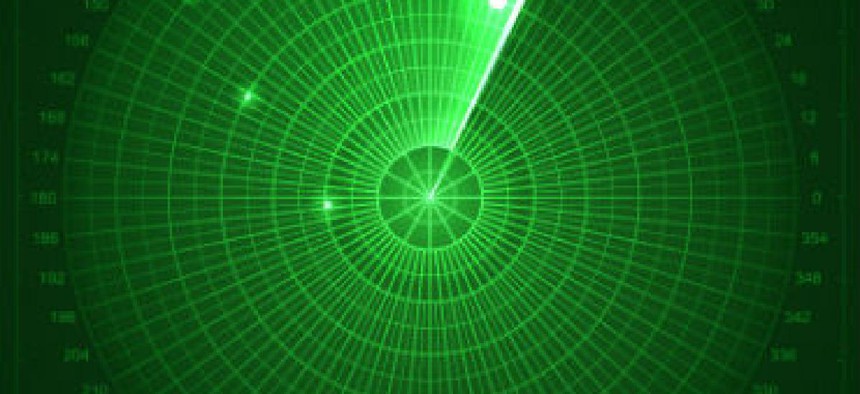Is electronic warfare stuck in the 20th century?

Pentagon officials say the convergence of electronic warfare and cyberspace is upon us, and it presents both opportunities and threats.

The convergence of electronic warfare and cyberspace often serves as a Rorschach test on which Pentagon officials project their fears of network vulnerabilities. For William Roper, director of the Office of the Secretary of Defense's Strategic Capabilities Office, the blending of the domains takes on added menace if you throw in targeted information warfare.
"My biggest fear is that the [Defense] Department will stay in its 20th-century mindset -- very traditional, neutron- and photon-based war -- and that this whole domain that moves at the speed of light or near it will be where most conflicts arise and are settled in the future," Roper said Dec. 1 at a conference hosted by the Association of Old Crows in Washington.
A basic example of the convergence of electronic warfare and cyberspace lies in software-defined radios, which operate on the spectrum and can be hacked. But the intertwining of the domains can extend far beyond that, according to Roper, who sees a future in which big-data analytics can make electronic warfare more targeted.
Nevertheless, decoupling the domains is not the answer, he said.
"Until there's a technical reason to disconnect them, I think we gain more by keeping them as a single domain and continue to encourage the convergence of those two," he said.
The electromagnetic spectrum and cyberspace overlap is not a new concept, but appreciating where and how they overlap is still an evolving practice for defense officials. However, the Army has placed renewed emphasis on electronic warfare in the past five years.
In 2010, the service fielded its first new electronic warfare officers in about 20 years, according to Col. Jeffrey Church, who was one of those officers. After a long layoff, "we are back into the business of electronic warfare," said Church, chief of the Army's Electronic Warfare Division.
One of the main phases of the Army's development of a cybersecurity workforce involves assessing how cyberspace interacts with domains such as electronic warfare. The service also put about $45 million toward research in advanced electronic warfare technology in fiscal 2015, according to the Defense Department comptroller.
In addition to planned programming, recent real-world events have boosted support for electronic warfare programs in the Army, according to Church.
For instance, Russian forces have used advanced systems to jam Ukrainian communications and create a significant impact on the battlefield.
Russian President Vladimir Putin "has gotten Army [electronic warfare] more traction than I ever could," Church joked. The Russians "have some good practices and some good [tactics, techniques and procedures], and we can learn from them and incorporate them into our training."
NEXT STORY: IRS launches online safety campaign





